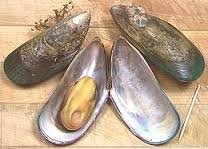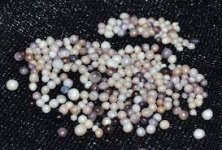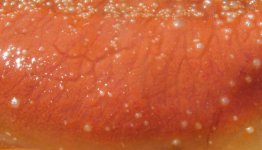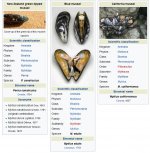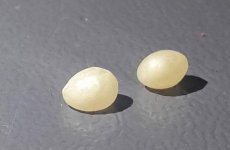I have successfully grafted pearls in California mussels, though viability remains an issue. Mussels may change sex more than once in their life cycle, but not always. There also tends to be a predominance of males to assure motile fertilization of female fecundity. I have not observed any discernible differences in either natural or cultural incidences.
It's true the greater incidence of pearls in mussels is relative to parasites. Parasites certainly don't discriminate sexes either. It's also true many parasites are due to birds or other fishes, but those tend to affect mussels in other ways. Digestive tracts, organs, gills etc. Most however are water borne, mainly annelids, pea crabs, protozoa or copepods... to name a few. Many of these emerge (post-metamorphic) from sediments to bore through shells or physically attach to soft tissues while the animal feeds. Most mollusks tolerate modest infestations and do not necessarily infect those that ingest them. Blue mussels more than others though, hence predominate competition at the tops of lines and the upper margins of the water column nearest the surface. Most mussels do not thrive embedded in sediments very well. On the other hand, mussels tolerate temperature shocks in far broader ranges than most creatures, especially in the intertidal zone.
As such, line suspended mussels have a low incidence of natural pearls. Other dynamic forces such as wave action, rolling stones, logs etc. may cause shell damage, which create points of entry for parasites. Returning to the same reefs over the years, it's evident patterns emerge that natural pearls tend to occur in patches, nearest the substrate, namely sandy outcroppings. In niches, if you will. This stands to reason, as many predators behave in the same manner.
If I were to survey blue mussels for pearls in your area, that's where I'd focus. You'd also do well to observe anomalies, aberrations, shell damage, worm holes etc. I'd also advice finding alternative uses for the shells, tissues and the data gleaned while using great discretion to ensure, possibly even enhance the biomass rather than reckless abandon. I have a policy of voluntary compliance, where I only gather amounts equal to permitted daily limits among recreational users.
